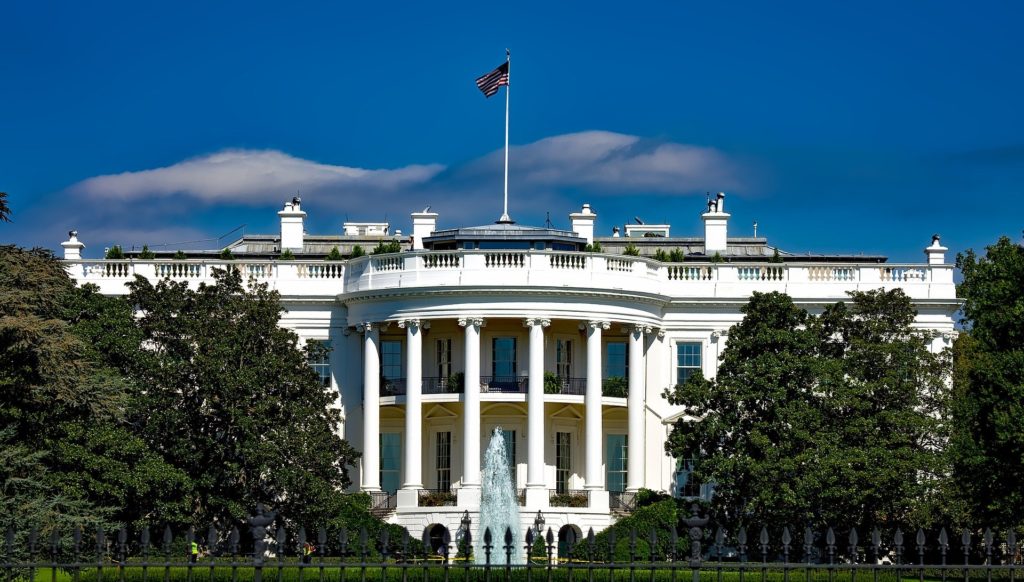Months after nixing a last-minute waiver issued by the outgoing Trump Administration to relax rules around treating opioid use disorder (OUD), the Biden Administration has announced new medication-assisted treatment (MAT) flexibilities of its own.
The guidelines, which were issued Tuesday by the Department of Health and Human Services (HHS), automatically allow various clinicians to administer the MAT drug buprenorphine to up to 30 patients at a time. Eligible clinicians include physicians, physician assistants, nurse practitioners, clinical nurse specialists, certified registered nurse anesthetists and certified nurse midwives who are licensed under state law and possess a valid DEA registration.
The relaxed requirements mean eligible clinicians won’t have to complete extra hours of training in order to be able to administer buprenorphine, potentially expanding the number of MAT prescribers nationwide and making it easier for people to access the gold-standard OUD treatment.
The Trump administration tried to make similar changes in its final days in office. However, the Biden administration put those changes — which would have only applied to doctors — on hold for a few months. Now, after a legal review, the current administration has expanded the prescriber flexibilities to benefit a larger swath of clinicians.
In announcing the new guidelines, HHS acknowledged that the pandemic has made it hard for many people with OUD to access MAT.
“Removing barriers to quality treatment is a top policy priority for the Biden-Harris Administration,” Office of National Drug Control Policy Acting Director Regina LaBelle said in a statement. “Addiction treatment should be a routine part of healthcare, and this new guideline will make access to quality treatment for opioid use disorder more accessible. The guideline is another important step forward in our efforts to bend the curve of the overdose and addiction epidemic.”
The new guidelines come as provisional data released by the Centers for Disease Control and Prevention (CDC) show over 87,000 reported overdose fatalities for the 12-month period ending in September 2020. Opioids accounted for a significant number of those deaths.
“Treatment with buprenorphine allows patients with opioid use disorder to lead satisfying, productive lives, the American Medical Association (AMA) said in a statement regarding the new guidelines. “The policy announced today is a critically important step in making that happen. Going forward, the AMA is supporting legislation to remove the waiver requirements altogether and will advocate for that in Congress.”
This isn’t the only move in Washington to make SUD services such as MAT more accessible.
Late last month, lawmakers introduced bipartisan legislation in the Senate to increase the amount of federal funding for the fight against SUD. The bill also proposed the relaxation of rules dictating how many patients physicians can treat using MAT drugs like methadone, in addition to buprenorphine.
Additionally, the Excellence in Recovery Housing Act was recently released in the House. The bipartisan bill aims to expand residential treatment options to individuals. Sponsored by Representatives David Trone (D-MD), Judy Chu (D-CA), Mike Levin (D-CA) and David McKinley (R-WV), the bill seeks to create a grant program to help states increase the number of beds at sober facilities, among other measures.
Other recently introduced bipartisan House legislation includes the Promoting Effective and Empowering Recovery Services (PEERS) in Medicare Act of 2021, which is also sponsored by Chu, along with Rep. Adam Smith (R-NE). It calls on mental health services to be expanded by the reimbursement of peer support services through Medicaid.



